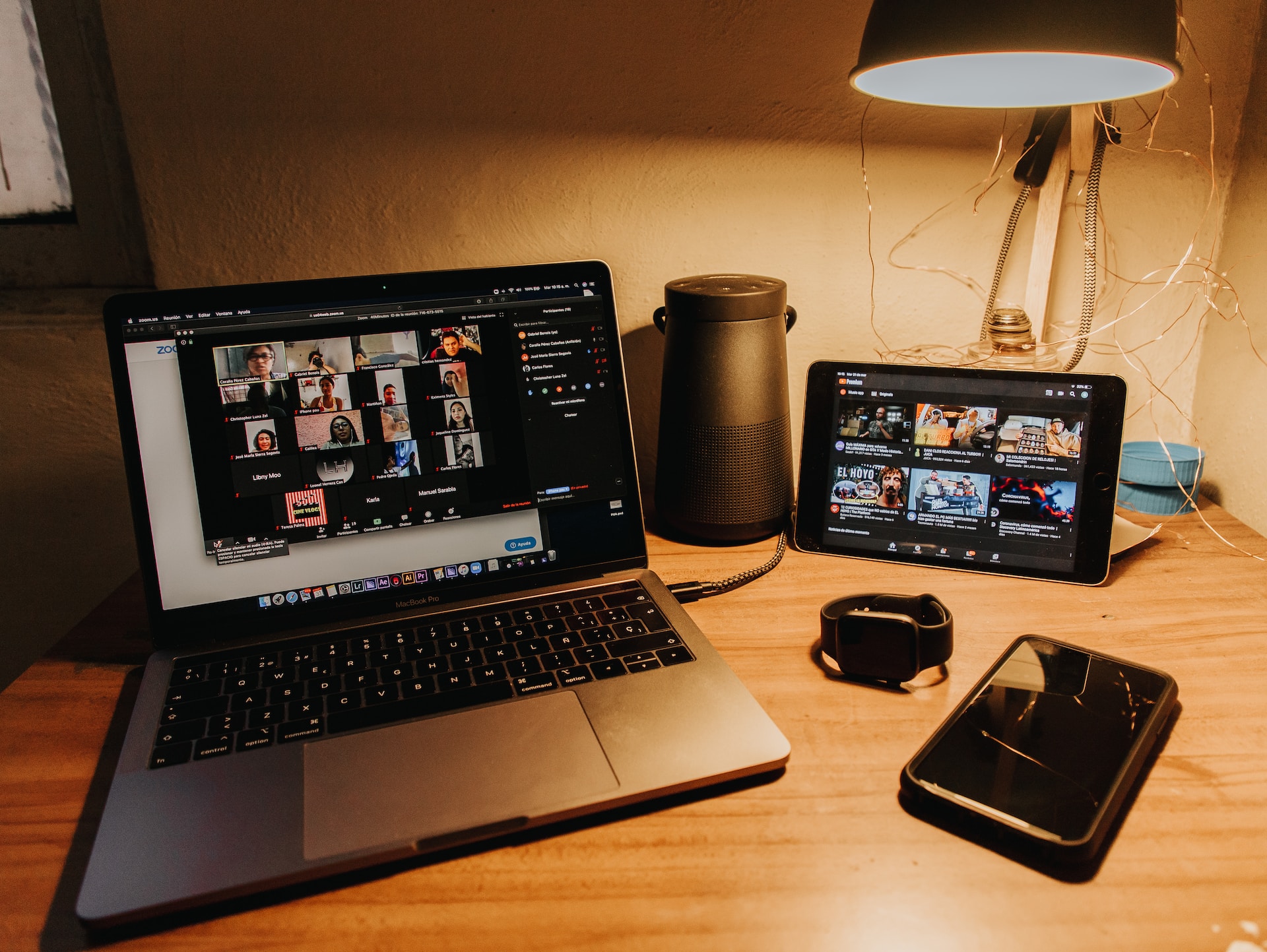Pseudoscience Is Detrimental to Science
Pseudoscience (PS) is destroying science as we speak. There are two sides of the coin to a certain thing. One defines the positives, and the other defines the negatives, however, both sides can’t be right, and only one side can be actually telling the truth. With so much false advertisement and false reviews, people are being misled by corporates and scientists, dividing the whole population into two categories i.e. science and pseudoscience.

Michael Shermer (2013) talks about the devastating effects of pseudoscience in Iraq, causing millions of lives, when US bogus device was sold to detect danger. The reasoning behind that device was that it detects the ions found in explosions, however, the device lacked all the modules it needed to do that work.
We learned about pertinacity, in regards to false positive and false negative, which was quite intriguing to me. We never knew that we based so many decisions based on our conditioning of our pertinacity, of how we make connection between the meaningful and meaningless noise.
The questions remain here, what is actually pseudoscience? How it differs from science? And how pseudoscience is still thriving? To answer all these questions, we must first jump to how a common person claws into this domain. Everything starts with a belief and there’s nothing wrong with a belief, however, sticking blindly to a belief is wrong, and that is the basis for pseudoscience (Stemwedel, 2011).
Science can be right or wrong, can be proven or discarded, however, PS is nothing, but all appealed to the masses (Park, 2013). Prof. Rory Coker states that PS can be based on heresy, conspiracies of the old newspaper as the evident source, while science will talk about experimental data, based on varied disciplines etc. (Coker, u.d.).
Just because of PS, Katie L. Burke (2016), states that it has created so much confusion about the real science issues, that it has inhibited the world to actually solve them. She goes even so far to say that we should all stop using the word pseudoscience once and for all.
This pseudoscience module doesn’t only define pseudoscience, but equipped me with knowledge to detect pseudoscience, whenever it is stated or wherever it is published. Emily Willingham (2012) and Alex Berezow (2011) puts forth few questions that one should ask oneself to distinguish between the actual science and pseudoscience.
Few of those questions are, what are the sources? Does the science is based on belief? Does the research stems from only a single source? Does it provide facts or simply provide reasoning that if A is correct, so does the B? and so on. we’ve been astonished by the fact that how pseudoscience is everywhere and scientists are doing nothing, but to propagate it on media channels without any remorse for public good. How can one be called scientists, if his all beliefs come from something that has no experimental and testable merits?
To be honest, we had some idea, but after reading these articles, we’ve gathered enough knowledge about the science and pseudoscience as well, and we can see clear differences, when a research is biased or not. The source is the most important in science, and every discipline of study or research require many credible sources to pursue a viable science.
However, all the pseudoscience requires is an appealing, emotional or self-serving belief, that tends to resonate with a people of similar opinion. Just because PS and science exist on a same network i.e. media channels, social media, TV and Internet, it has created a chaotic situation amongst the public, where everyone is confused and no body really knows the answer. We know that even now, many of the people believe that the earth is flat, aliens are real, UFO exists, climate change is a hoax and so on, however, just because of these beliefs, there is a public divide, and the science is hurt by that divide.
For more interesting research based op-ed articles, keep us following here
Works Cited
Berezow, Alex. “How To Spot A Fake Science News Story”. American Council On Science And
Health, 2017, https://www.acsh.org/news/2017/01/31/how-spot-fake-science-news-story-10794.
Burke, Katie L. “Stop Using The Word Pseudoscience”. American Scientist, 2016,
https://www.americanscientist.org/blog/from-the-staff/stop-using-the-word-pseudoscience.
Coker, Rory. “Science Versus Pseudoscience”. Web2.Ph.Utexas.Edu,
https://web2.ph.utexas.edu/~coker2/index.files/distinguish.htm.
Park, Robert L. “Seven Warning Signs Of Bogus Science | Quackwatch”. Quackwatch.Org,
2019, https://quackwatch.org/related/signs/.
Shermer, Michael. The Pattern Behind Self-Deception – Michael Shermer. 2013,
https://www.youtube.com/watch?v=ODKUnO7aZ8k&t=483s. Accessed 9 Apr 2022.
Stemwedel, Janet. “Drawing The Line Between Science And Pseudo-Science.”. Scientific
American Blog Network, 2011, https://blogs.scientificamerican.com/doing-good-science/drawing-the-line-between-science-and-pseudo-science/.
Willingham, Emily. “10 Questions To Distinguish Real From Fake Science”. Forbes, 2012,


